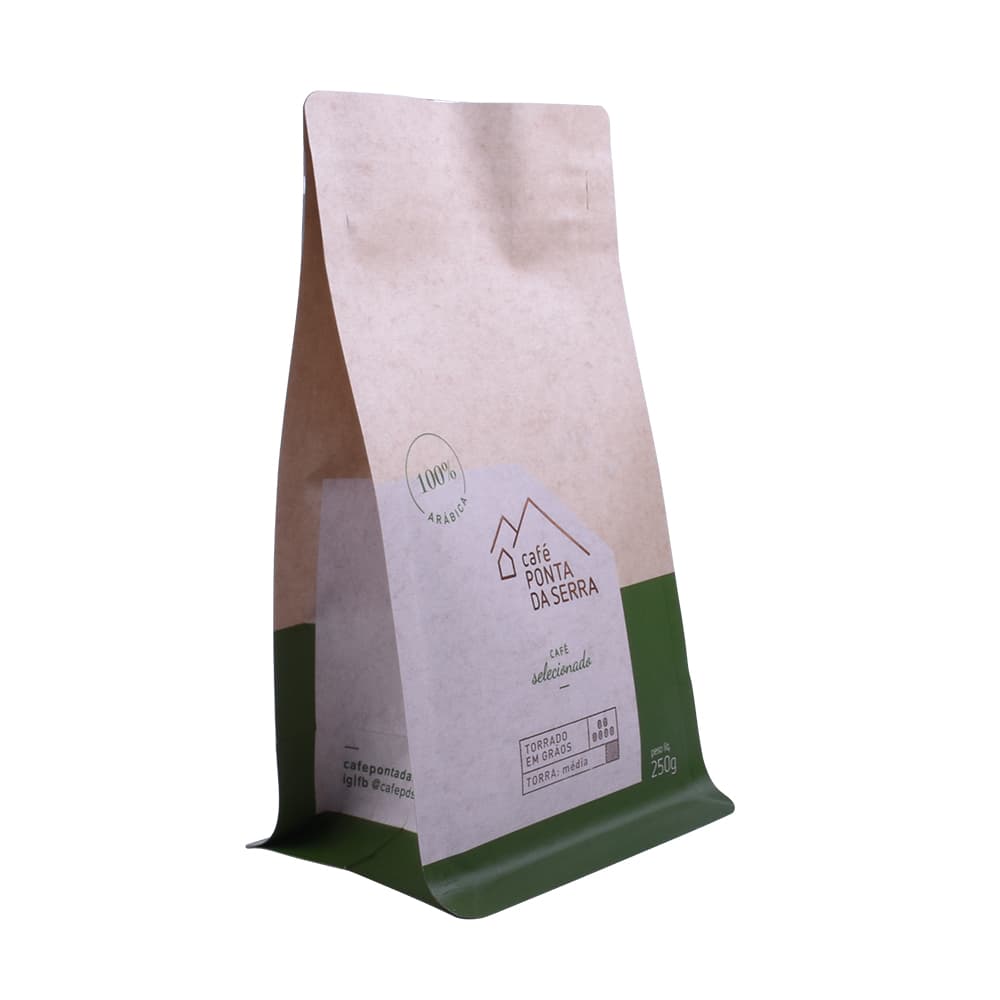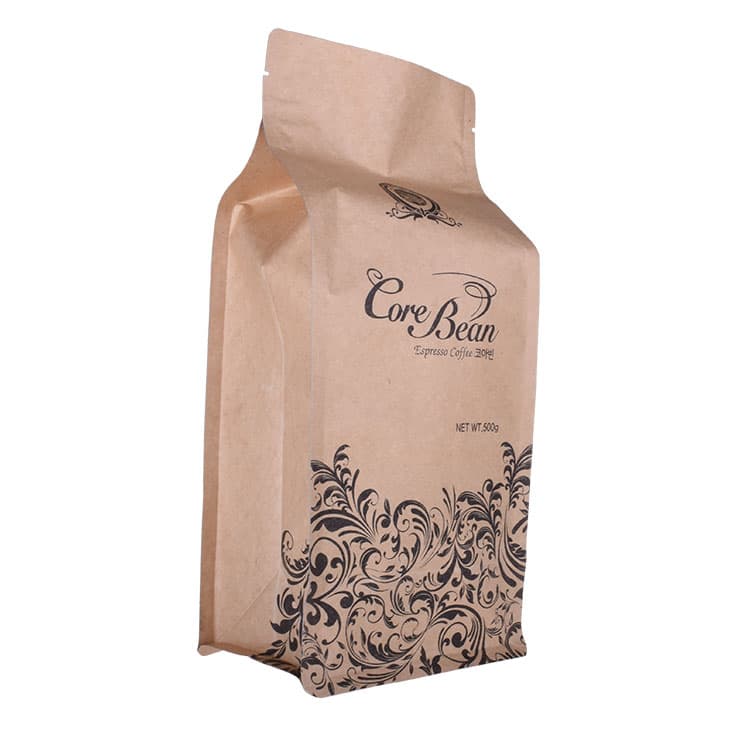Detailed Product Description
Kraft paper
Kraft paper is a type of coarse, unbleached paper made from wood pulp. It is known for its high strength and durability, making it suitable for a wide range of applications. The term "kraft" is derived from the German word for strength.
Here are some key characteristics and uses of kraft paper:
Characteristics:
- Unbleached: Kraft paper is typically brown or tan in color, as it is not subjected to the bleaching process that white paper undergoes.
- Sturdy: It is known for its high tensile strength, making it resistant to tearing or breaking even when subjected to stress.
- Fibrous Texture: Kraft paper has a rough, fibrous texture due to the long fibers used in its production.
- Recyclable and Biodegradable: It is an eco-friendly material as it can be easily recycled and is biodegradable.
- Versatile: Kraft paper comes in various thicknesses and can be used for a wide range of purposes.
Common Uses:
- Packaging: It is widely used for packaging due to its strength and durability. It's employed for packaging products like groceries, gifts, and industrial materials.
- Wrapping Paper: Brown kraft paper is often used as wrapping paper for parcels and gifts.
- Paper Bags: It's a popular material for making paper bags, especially in the food industry.
- Craft Projects: Kraft paper is a favorite for various DIY and craft projects due to its natural look and feel.
- Envelopes: It's used to make envelopes, particularly those that require extra durability.
- Notebooks and Notepads: Some notebooks and notepads use kraft paper for their covers or pages.
- Painting and Drawing: Artists sometimes use kraft paper as a surface for painting and drawing.
Kraft paper is valued for its strength, eco-friendliness, and versatility, making it a popular choice in various industries.
What is kraft paper
Kraft paper is a type of paper that is produced from wood pulp, most commonly derived from softwood trees like pine or spruce. It's known for its distinctive brownish color and its high tensile strength. The name "kraft" is derived from the German word for 'strength'.
Here are some key characteristics and details about kraft paper:
Unbleached: Kraft paper is typically unbleached, meaning it retains its natural color. This is in contrast to many other types of paper which are bleached to achieve a white color.
Strength: It is exceptionally strong and durable. This is because the fibers in kraft paper are unbleached and remain intact, giving the paper a higher strength compared to bleached or processed papers.
Versatility: It comes in various thicknesses and grades, which makes it suitable for a wide range of applications.
Recyclable and Biodegradable: Kraft paper is considered eco-friendly. It can be recycled, and because it's made from natural wood fibers, it is biodegradable.
Texture: It has a rough texture due to the long fibers used in its production. This texture can be an advantage in some applications, such as wrapping or packaging.
Common Uses:
- Packaging: It's widely used for packaging purposes, especially for products that require durable and tear-resistant wrapping.
- Paper Bags: Many shopping bags are made from kraft paper. It's chosen for its strength and eco-friendliness.
- Crafts: It's a favorite among artists and crafters for its natural look and texture. It's used in various DIY projects.
- Envelopes and Mailers: Because of its strength, it's used for envelopes, especially those that need to withstand rough handling.
- Wrapping Paper: Brown kraft paper is popular for wrapping parcels and gifts.
Industrial Use: It's also used in industrial settings, such as in the production of corrugated cardboard boxes and as a liner for plywood crates.
Kraft paper's popularity stems from its strength, versatility, and eco-friendly nature. It's a staple material in various industries and is appreciated for its ability to balance durability with environmental responsibility.
How to make kraft paper
Making kraft paper involves several steps, from harvesting raw materials to processing them into the final paper product. Here's a simplified overview of the process:
Wood Sourcing:
- The process starts with the selection of suitable wood. Typically, softwood trees like pine, spruce, or fir are used due to their long fibers.
Chipping:
- The selected wood logs are debarked and then chipped into small pieces. These chips are usually about the size of a postage stamp.
Cooking:
- The wood chips are then placed into a large pressure cooker known as a digester. They're mixed with chemicals like sodium hydroxide (caustic soda) and sodium sulfide. This process, known as "cooking," softens the wood chips and separates the lignin, which holds the fibers together.
Pulping:
- After cooking, the softened wood chips are mechanically and chemically pulped. This process disintegrates the wood chips into individual fibers.
Washing:
- The pulp is thoroughly washed to remove any remaining lignin, chemicals, and impurities.
Bleaching (Optional):
- If bleached kraft paper is desired, an additional bleaching step is introduced to whiten the pulp. Unbleached kraft paper skips this step.
Paper Making:
- The cleaned and refined pulp is then fed into a paper machine. This machine forms the pulp into a continuous sheet of paper.
Pressing:
- The paper is passed through rollers to remove excess water and further compress the fibers.
Drying:
- The paper is dried using hot rollers, steam-heated cylinders, or air dryers. This step reduces the paper's moisture content to its final level.
Finishing:
- The dried paper is wound onto large rolls. It can then be cut into smaller rolls or sheets depending on the desired end product.
Quality Control:
- The finished rolls or sheets undergo quality checks for factors like thickness, strength, and appearance.
Packaging:
- The kraft paper is packaged and prepared for shipping to customers or further processing facilities.
It's important to note that this is a simplified overview and the actual papermaking process can involve additional steps and variations depending on the specific type and grade of kraft paper being produced. Additionally, modern paper mills use advanced machinery and technologies to optimize efficiency and quality.
Features of kraft paper
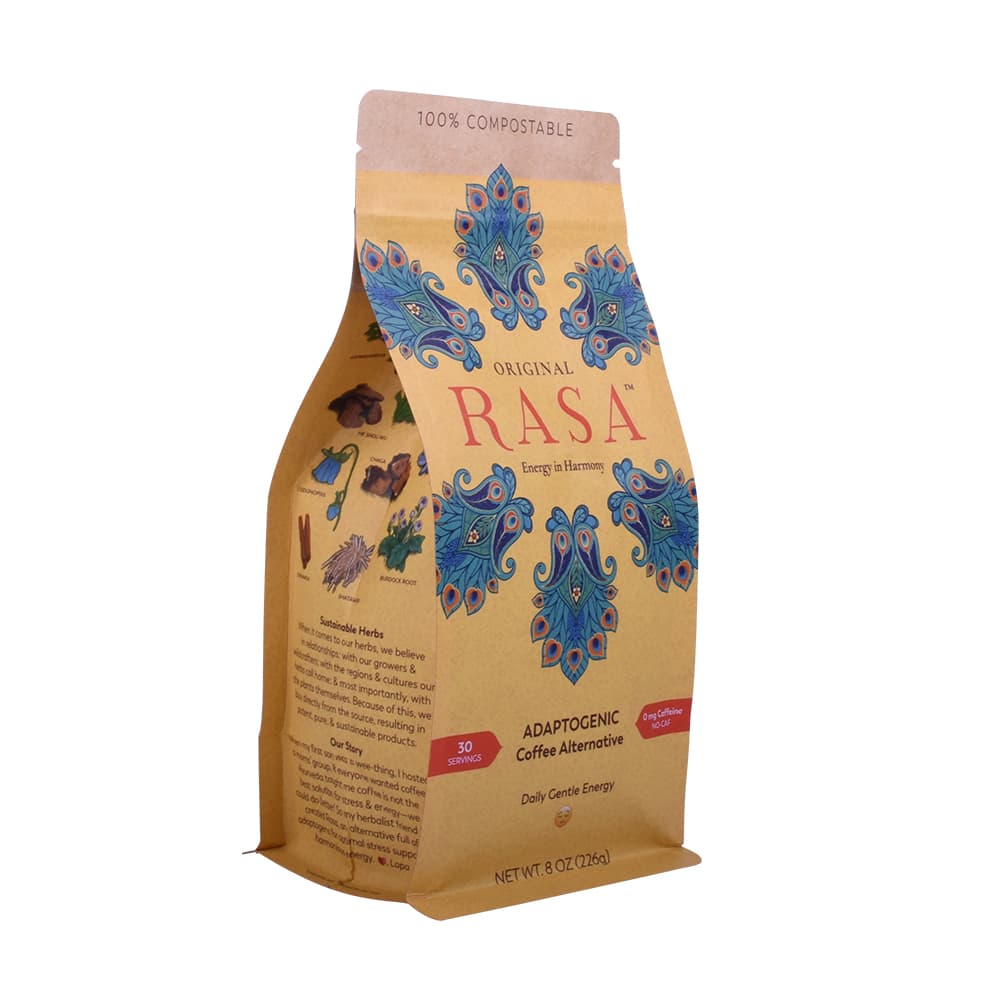
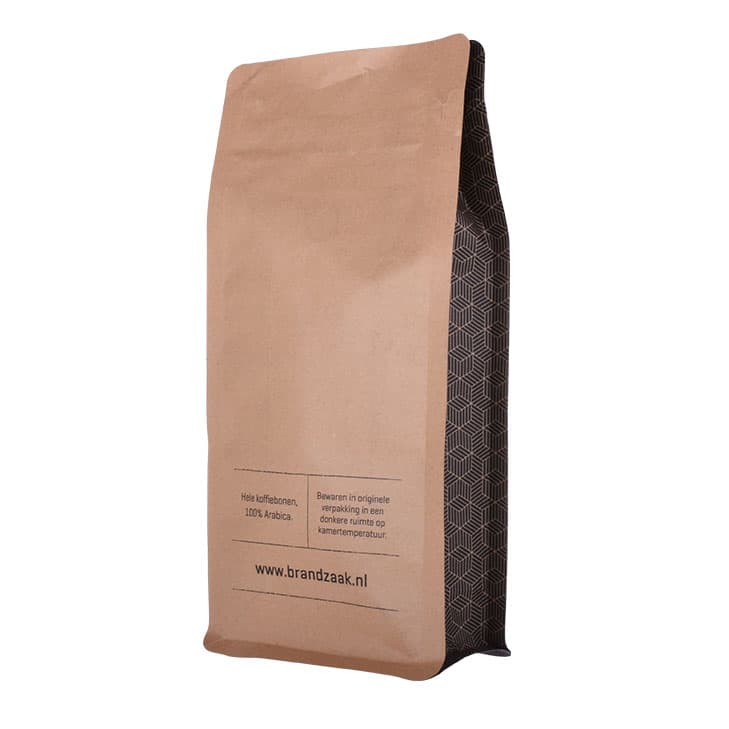
| Kraft paper is known for its unique set of features that make it a popular choice for a wide range of applications. Here are some key features of kraft paper: Strength and Durability: - Kraft paper is renowned for its high tensile strength. It can withstand significant stress without tearing or breaking.
Natural Appearance: - It typically has a natural, earthy brown color due to its unbleached nature. This gives it a rustic and eco-friendly aesthetic.
Biodegradability and Recyclability: - Kraft paper is made from natural wood fibers, making it biodegradable. It can be easily recycled to create new paper products.
Versatility: - It comes in various thicknesses, making it suitable for a wide range of applications from packaging to crafts.
Texture: - Kraft paper has a rough, fibrous texture due to the long fibers used in its production. This texture can be advantageous in applications like wrapping or packaging.
Good Printability: - While it may not have the smooth surface of some other papers, kraft paper is still printable. Designs, logos, and information can be printed on it.
Resistant to Wear and Tear: - Its strength and durability make it resistant to damage during handling and transportation.
Customization Options: - It can be easily cut, folded, and customized to suit specific requirements, making it ideal for various packaging solutions.
Eco-Friendly Material: - Kraft paper is made from sustainably sourced wood pulp, and its production has a lower environmental impact compared to some other types of paper.
Wide Range of Sizes and Grades: - Kraft paper is available in various sizes and grades, making it suitable for different purposes from small crafts to large-scale industrial applications.
Good Moisture Resistance: - While not completely waterproof, kraft paper has some level of resistance to moisture, making it suitable for certain packaging applications.
Safe for Food Contact: - It can be used for packaging food items as it is typically free from harmful chemicals and additives.
These features collectively make kraft paper a versatile and eco-friendly material that finds applications in packaging, crafts, art, and various industries. Its strength, natural appearance, and environmental sustainability are some of its most valued characteristics. |
Advantages of kraft paper
Kraft paper offers a range of advantages across various industries and applications. Here are some of the key advantages of using kraft paper: Strength and Durability: - Kraft paper is known for its high tensile strength, making it resistant to tearing, punctures, and other forms of damage.
Eco-Friendly Material: - It is made from natural wood pulp, which is a renewable resource. Additionally, it is biodegradable and recyclable, making it an environmentally sustainable choice.
Cost-Effective: - Kraft paper is often more affordable than other types of specialty papers, making it a cost-effective choice for packaging, crafts, and other applications.
Versatility: - It comes in various thicknesses and grades, allowing it to be used for a wide range of applications, from packaging to crafts and art projects.
Customizability: - Kraft paper can be easily cut, folded, and manipulated to suit specific requirements, making it a highly adaptable material.
Good Printability: - While not as smooth as some other paper types, kraft paper is still printable. Designs, logos, and information can be printed on it.
Texture and Appearance: - Its natural, earthy appearance and fibrous texture give products a rustic and eco-friendly aesthetic. This can be particularly appealing for certain types of packaging and crafts.
Safe for Food Contact: - When produced under appropriate conditions, kraft paper can be used for packaging food items, as it is typically free from harmful chemicals and additives.
Resistant to Wear and Tear: - Its strength and durability make it resistant to damage during handling and transportation, making it suitable for packaging items that may undergo rough handling.
Good Moisture Resistance: - While not completely waterproof, kraft paper has some level of resistance to moisture, making it suitable for certain packaging applications.
Excellent for Arts and Crafts: - Its texture, durability, and ease of customization make kraft paper a popular choice for various art and craft projects.
Used in Corrugated Packaging: - Kraft paper is a crucial component in the production of corrugated cardboard boxes, used extensively in shipping and storage.
These advantages collectively contribute to kraft paper's popularity and widespread use in numerous industries, from packaging and retail to arts and crafts. Its strength, natural appearance, and environmental sustainability are some of its most valued characteristics. |
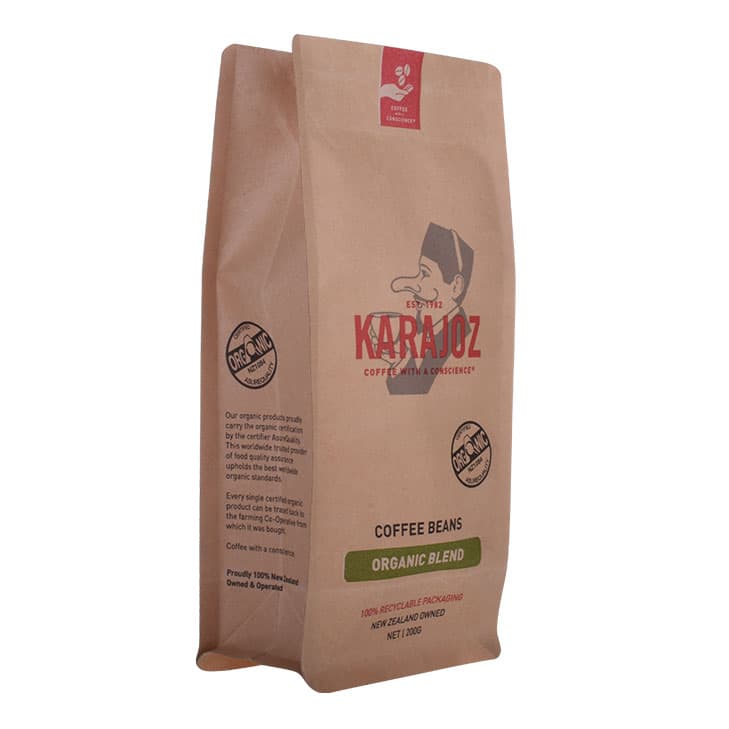
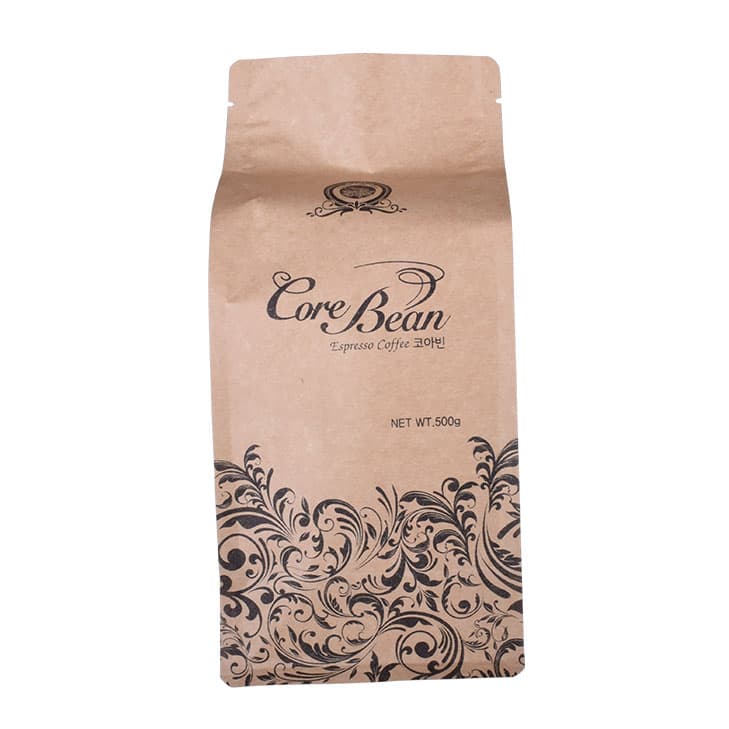
|
Application of kraft paper
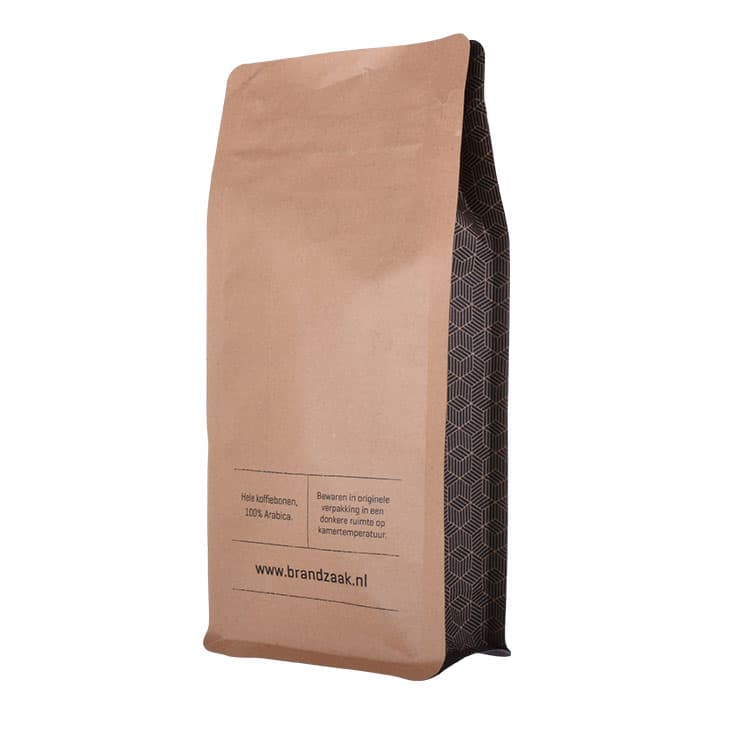
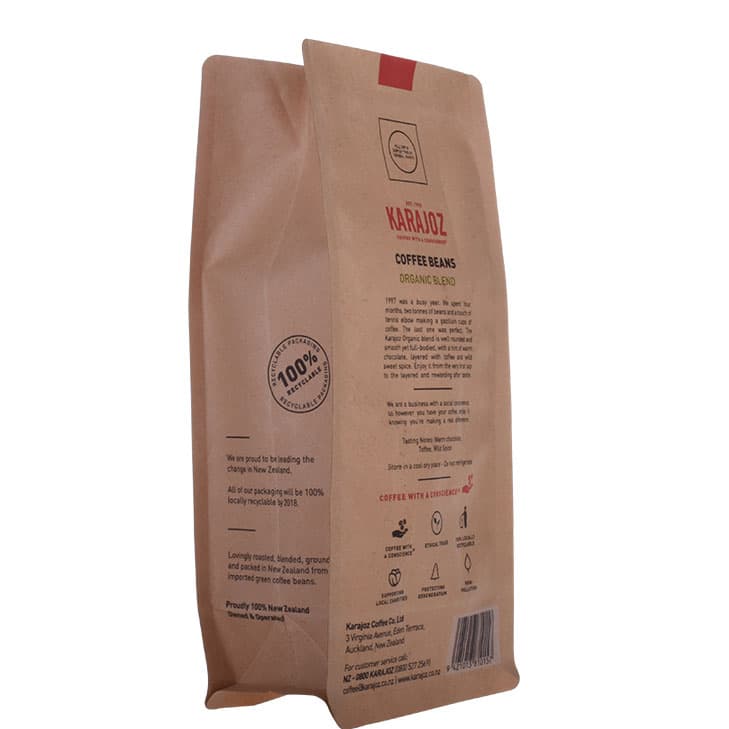
| Kraft paper finds a wide range of applications across various industries due to its versatile and eco-friendly nature. Here are some common applications of kraft paper: Packaging Industry: - Kraft paper is widely used for packaging materials such as bags, boxes, pouches, and wrapping paper. It is especially popular for packaging items like groceries, food products, and small consumer goods.
Arts and Crafts: - Kraft paper's texture and natural appearance make it a popular choice for a variety of art and craft projects, including drawing, painting, origami, and paper mache.
Gift Wrapping: - Its rustic look and texture make kraft paper an excellent choice for eco-friendly gift wrapping. It can be embellished with ribbons, twine, and other decorations.
Corrugated Cardboard Production: - Kraft paper is a key component in the manufacturing of corrugated cardboard, which is widely used for packaging, shipping, and storage.
Printing and Stationery: - It is used for various printed materials such as notebooks, envelopes, letterheads, and business cards. It can also be used for book covers and as backing sheets for notepads.
Paper Bags: - Kraft paper is the preferred material for manufacturing paper bags due to its strength and durability. It is commonly used in retail stores, supermarkets, and food establishments.
Construction and Building Industry: - Heavier grades of kraft paper are used as underlayment for flooring, roofing, and as a protective layer during construction projects.
Food Industry: - It is used for packaging food items such as bakery products, dry fruits, grains, and other non-perishable items. Food-grade kraft paper is available for direct food contact.
Book Binding: - Kraft paper is often used as an inner lining for book covers, providing additional strength and protection.
Shipping and Mailing: - Kraft paper is used as cushioning material and protective wrapping for fragile items during shipping. It is also used for wrapping parcels and packages.
Furniture and Woodworking: - It is used as a protective layer between pieces of furniture during transit. It can also be used for making templates, patterns, and stencils.
Automotive Industry: - Kraft paper is used for automotive gaskets, filters, and other applications due to its resistance to oil and grease.
These applications highlight the versatility and utility of kraft paper in various industries. Its eco-friendly nature, combined with its strength and adaptability, makes it a popular choice for a wide range of uses. |
(FAQs) related to Kraft paper:
1. What is Kraft paper made from?
Kraft paper is made from the chemical pulp of softwood trees, usually pine or spruce. The pulp is treated with a mixture of strong alkaline chemicals, resulting in a strong, coarse paper.
2. Is Kraft paper environmentally friendly?
Yes, Kraft paper is considered environmentally friendly. It is made from renewable resources and is biodegradable. Additionally, it can be easily recycled, making it a sustainable choice.
3. Can Kraft paper be used for food packaging?
Yes, food-grade Kraft paper is available and safe for direct food contact. It is commonly used for packaging dry food items like grains, bakery products, and more.
4. Can Kraft paper be printed on?
Yes, Kraft paper can be printed on. While it may not have the smooth surface of some other papers, it is still printable. Designs, logos, and information can be printed using appropriate printing techniques.
5. What are the different grades of Kraft paper available?
Kraft paper comes in various grades, ranging from lightweight to heavyweight. These grades are suitable for different applications, from packaging to crafts and industrial uses.
6. How does Kraft paper compare to regular paper in terms of strength?
Kraft paper is significantly stronger than regular paper due to its higher fiber content and unique manufacturing process. It has high tensile strength, making it resistant to tearing and punctures.
